-
Welcome to Tacoma World!
You are currently viewing as a guest! To get full-access, you need to register for a FREE account.
As a registered member, you’ll be able to:- Participate in all Tacoma discussion topics
- Communicate privately with other Tacoma owners from around the world
- Post your own photos in our Members Gallery
- Access all special features of the site
20’ TRD off-road have a timing belt or chain?
Discussion in '3rd Gen. Tacomas (2016-2023)' started by Paul466, Mar 13, 2020.
Page 2 of 2
Page 2 of 2


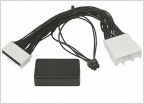 Gauge cluster removal?
Gauge cluster removal?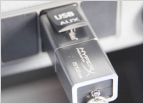 Does the Center Console USB ports also act as inputs to the Stereo?
Does the Center Console USB ports also act as inputs to the Stereo?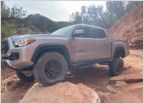 PTR20-35110-BK Wheels on 2016 tacoma
PTR20-35110-BK Wheels on 2016 tacoma AIR MATTRESS WITH WHEEL WELL INSERTS
AIR MATTRESS WITH WHEEL WELL INSERTS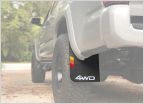 Mud Flaps for 22 W/O Fender Flairs
Mud Flaps for 22 W/O Fender Flairs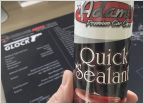 Chemical Guys Protectant...
Chemical Guys Protectant...











































































